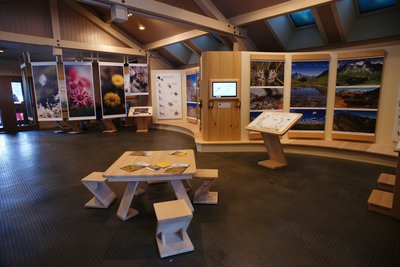A walk around Lac Vert

Passy
A walk around Lac Vert
Very easy
1h30
3,8km
+136m
-136m
Embed this item to access it offline
"It is a small lake, which is called, I think, the Lac Vert (green), on account of the thick grass which covers all its edges and makes it look like a crystal mirror surrounded by green velvet". Victor HUGO
Attachment
- Downloadpdf
une-balade-autour-du-lac-vert
Credit: Points d'intérêts du parcours - Asters-CEN74
9 points of interest
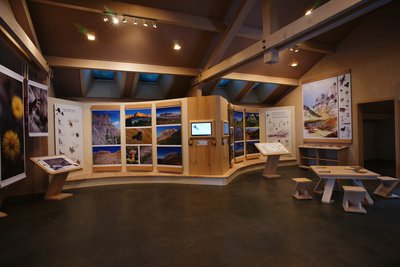
Muséographie Maison de la réserve - Julien Heuret - CEN 74 
La Maison de la Réserve
The exhibition an information office Maison de la Réserve naturelle de Passy is located in Plaine-Joux and welcomes you during the school holidays. The permanent exhibition about fauna, flora and landscapes will open the doors to the nature reserve. You may find answers to some of your questions here and can admire the wild species hidden in nature. If the Maison de la Réserve Naturelle is closed, don’t worry, go up to the passageway. There is permanent free access to information about former (geological times) and present landscapes, the wonders of biodiversity, and the great challenges of the mountains of the future (water, glaciers, global warming...).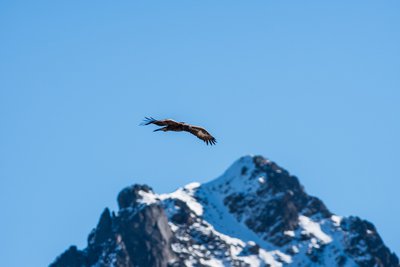
Aigle royal en vol - Julien Heuret - CEN 74  Fauna
FaunaGolden Eagle cainism
Two chicks will hatch from their eggs just a few days apart in their rock wall nest. Only one will have a chance of surviving: the weaker one will be eliminated by the stronger one! In biology, this behaviour is called "cainism". It is a common phenomenon among daytime birds of prey, part of a species survival strategy that selects the strongest offspring from birth to increase their chances of reaching maturity. It's a huge undertaking for the parents to feed a ravenous hatchling, which can grow from 100g at birth to 5kg by the time it flies!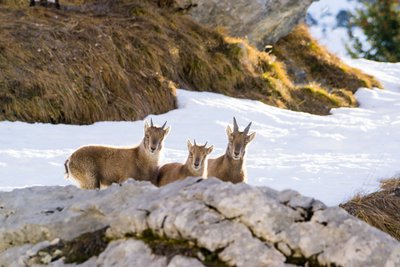
Bouquetins - Julien Heuret - CEN 74  Fauna
FaunaAlpine ibex
The Alpine ibex is not particularly shy, especially compared with the chamois, with which it often shares its territory. Unlike most other mountain species, it remains at high altitudes even when winter and snow are approaching. It then heads for the ridges and snow-free areas where it can more easily find the grasses on which it feeds. This search for food takes a lot of energy. So, if you come across one, don't approach it and let it move away at its own pace so that it doesn't expend its energy unnecessarily, especially in winter.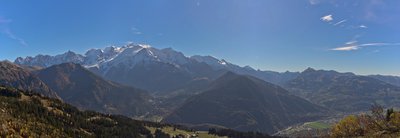
Panorama Mont Blanc - Julien Heuret - CEN 74  Geology
GeologyThe mont Blanc
Under the snow and glaciers, two major rocks form the Mont-Blanc Massif: the sharp edges and highest peaks are made of very hard granite (from left to right: Chamonix Needles, including the Aiguille du Midi, Mont Blanc du Tacul, Mont Maudit, Mont Blanc summit), while the rounder, softer parts are made of gneiss (from left to right: Dôme du Goûter, Aiguille du Goûter, Aiguille de Bionnassay....). These two so-called crystalline rocks come from the Earth's molten core.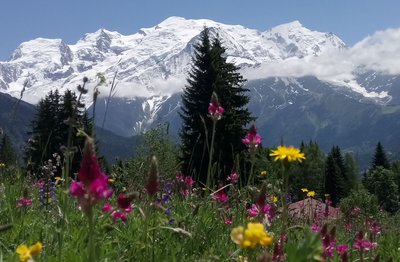
Le Mont-Blanc depuis une prairie fleurie de Plaine-Joux - Lucie Rousselot - CEN 74 
History of Plaine-Joux
From woodland to mountain pasture, Plaine-Joux has not always been a ski resort. Its very name, which means "forest on a flat landscape", bears witness to this. As early as the 1930s, the residents of Passy were enjoying skiing on this site blessed with an exceptional panoramic view. It was around 1965 that it officially became a municipal ski resort. Today, Plaine-Joux remains a popular family resort for skiing, hiking, paragliding... or just admiring the scenery.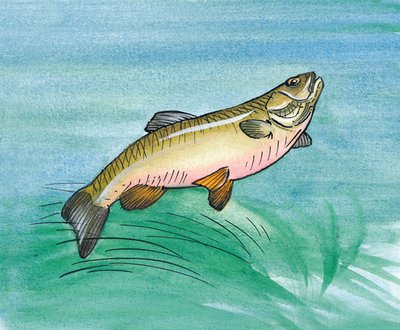
@JLFouquer  Fauna
FaunaThe Common Minnow and the Common Chub
The minnow is very common in highly oxygenated waters. The reason for its presence in high-altitude lakes is that trout fishing is common there. It is used as bait by anglers, which has enabled this species to spread to mountain lakes. The chub is a fairly large fish, widespread in France. It is an omnivore, meaning it eats everything. In many European countries, particularly in Eastern Europe, it is a major culinary delicacy.
Amplexus crapaud - Julien Heuret - CEN 74  Fauna
FaunaThe common Toad
Kissing a toad and turning it into Prince Charming is a myth! You should never touch this protected species, which is vulnerable to the many diseases that humans can transmit to it. Instead, look into its eyes to see its horizontal pupil and orange iris. You can also see its parotoid glands at the back of its head. These are used to excrete a venom called "bufotoxin" to ward off any predators. The toad is a completely different species from the frog, living for the most part in the forest, out of the water, and only coming back to the water during the breeding season!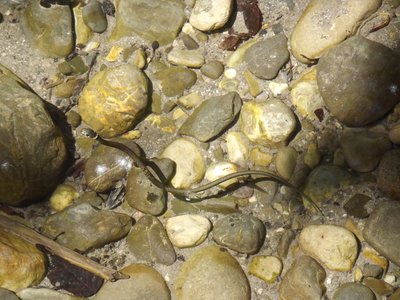
@NicolasPerrouchet  Fauna
FaunaThe Grass Snake
A semi-aquatic species, it is found mainly in wetlands, but also in drier areas where it is able to prey on amphibians (frogs, toads, salamanders and newts). Like all reptiles, it is a protected species! It can be recognised by its round pupils, its olive-grey skin and its double black and white or yellow neck. Its other distinctive feature: when it feels to be in danger, it spits out a foul-smelling liquid and then plays dead, revealing its two-coloured belly in the pattern of a piano keyboard!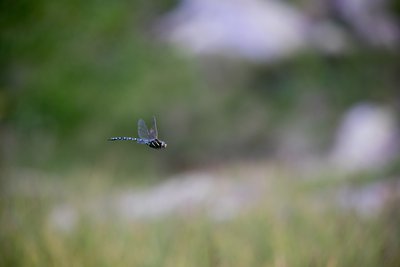
Julien Heuret - CEN 74  Fauna
FaunaDragonflies
Odonates, more commonly known as dragonflies, belong to the insect family. They undergo two stages in their lives: a "larval" phase, which is aquatic, followed by a terrestrial phase, which marks adulthood. Dragonflies are predators: they are carnivores, feeding on different types of prey depending on their life stage. They also prey on other insects. Their habitat is strongly influenced by climatic conditions, and any change will have a major impact on their numbers. The destruction of their habitat, wetlands, is one of the main threats to dragonflies.
Description
Head for the resort reception building. Take the paved road towards Lac Vert. Marker 102. After 150 metres, at the pool on the right, follow the signs for the ski lifts. At the edge of the forest, take the path signposted Lac Vert. Follow it until it intersects with the paved road. Cross the road and take the path opposite, signposted Châtelet d'Ayères. Continue along this path. Marker 93. At the forest track, follow the signs for Lac Vert / Plaine Joux to the right. Marker 94. From the Lac Vert car park and restaurant, at the wooden pond, take the narrow path leading to the shore of Lac Vert. You can walk along the shore on the left for a view of Mont Blanc reflected in the lake. Marker 159. For the return journey, take the Plaine Joux road from the lake car park. Marker 92. After a sharp turn, take the path on the left. Continue along this path. Marker 93. At the signpost, turn right towards Plaine Joux. When the trail merges with the paved road, turn left towards Plaine Joux.
- Departure : Maison de la réserve naturelle, Plaine Joux station
- Arrival : Maison de la réserve naturelle de Passy
- Towns crossed : Passy
Altimetric profile
Recommandations
Always exercise caution and plan ahead when hiking. Asters, CEN 74 cannot be held responsible for any accident or incident that may occur on this trail.
Transport
Bus SAT Mont-Blanc L85
Access and parking
Get to the Passy Plaine-Joux resort via the D43 road. Get to the car park at the entrance to the resort. The resort is also accessible by bus L85 (SAT Mont-Blanc).
Report a problem or an error
If you have found an error on this page or if you have noticed any problems during your hike, please report them to us here:
